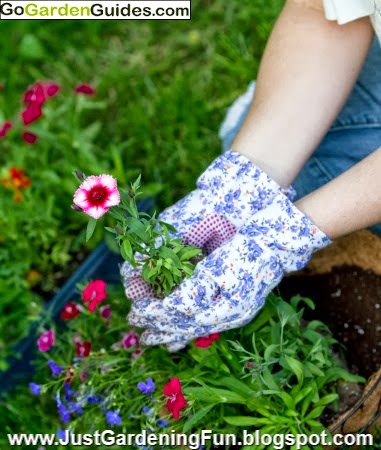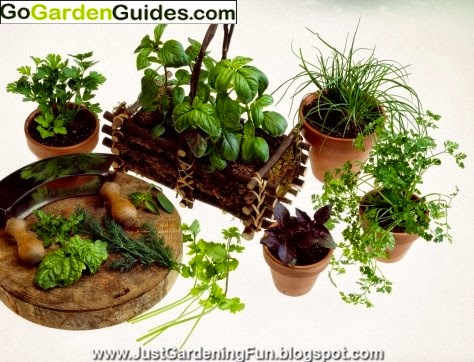Building Your Own Compost Bin
Compost is a special type of organic material that may be added to the soil in which plants are placed in order to assist in the growth process. Scraps derived from foods and debris from yards makes up approximately 30% of what we all dispose of on a regular basis.
When these organic materials are placed in landfills, they not only take up valuable space within the landfills, they also release a greenhouse gas that is considered to be potent, called “Methane”. With the proper funding, environment, and technology for greenhouse gases that can be reduced significantly, but only if the world unites in the cause and works together. However, when the materials are used in composting bins, they are considered to be exceptionally beneficial in numerous ways.
By ensuring that all of these ingredients are used, you can rest assured that your compost bin will be optimal for the growth processes associated with the plant life that you place within the bin.
Compost is a special type of organic material that may be added to the soil in which plants are placed in order to assist in the growth process. Scraps derived from foods and debris from yards makes up approximately 30% of what we all dispose of on a regular basis.
When these organic materials are placed in landfills, they not only take up valuable space within the landfills, they also release a greenhouse gas that is considered to be potent, called “Methane”. With the proper funding, environment, and technology for greenhouse gases that can be reduced significantly, but only if the world unites in the cause and works together. However, when the materials are used in composting bins, they are considered to be exceptionally beneficial in numerous ways.
If you are a gardener, you will benefit in numerous ways by building your own compost bin. In this guide, you will learn about the art of composting and will be provided with basic instructions on how to create your own compost bin for the purpose and Intent of Composting.
Benefits of Utilizing a Compost Bin
Before constructing your own compost bin, it is essential that you learn the value behind these structures.
As mentioned previously, there are numerous benefits associated with utilizing a bin that is designed for the process of composting. The following highlights the top benefits, according to gardeners:- Compost bins assist in enriching the soil with a wide array of nutrients that are highly productive in plant growth.
- Compost is productive in helping soil retain moisture that is necessary for growth.
- The organic material that compost is composed of assists in suppressing various types of diseases and pests that commonly affect plant life.
- By utilizing a compost bin, you may successfully eliminate the need and dependency on fertilizers that are composed of synthetic and potentially harmful chemicals.
- Gardening bins composed of compost assist in encouraging the overall production of productive bacteria and various forms of beneficial fungi that help to break down various types of organic materials. This, in turn, assists in creating what is referred to as “Humus”. Humus is a material that has large amounts of material that is filled with many different types of nutrients.
- Compost bins assist in reducing methane gas emissions that commonly develop in landfills. As a result, implementing the use of these composting and gardening bins assist in reducing your carbon footprint.
Composting Ingredients
When creating a composting bin at home for gardening, it is important to first ensure that you have the right ingredients for the product. Essentially, there are three main ingredients utilized in composting bins.- The first type of ingredient is referred to as “Browns”. This type of material includes twigs from trees, branches and even leaves that have died.
- The next type of ingredient material is referred to as “Greens”. These materials consists of clippings from grass, waste produced by vegetables, scraps from various types of fruits, and even coffee grounds.
- The last ingredient that must be added to the compost bin is water.
By ensuring that all of these ingredients are used, you can rest assured that your compost bin will be optimal for the growth processes associated with the plant life that you place within the bin.
Basic Composting Bin Construction
When learning how to build your own composting bin, you will find that you have numerous options. Of course, some options are more expensive than others.
In the same respect, a few of the options are more time consuming than others. For the purpose and intent of this guide, we will elaborate on an inexpensive composting bin option that takes very little time.- First, you will need to gather a few materials. It is best to purchase a garbage receptacle that includes a lid that easily locks on the unit.
- Next, you will need a type of platform.
- Once these items are obtained, you will need to purchase screws so that you may connect the garbage container onto the platform that you have designated for the project and you will require a drill that has a drill bit that is relatively large.
Once you have acquired all of the necessary materials, you may follow the steps outlined below to successfully build your own composting bin:
- You should place up to forty five holes in your trash container. The holes should be made using the drill that you have designated for the project and should be placed on the sides of the product, the bottom of the product and in the lid.
- Next, you will need to attach the trash container onto the platform – ensuring that the holes that you have created are not obstructed. The platform – combined with the holes placed in the garbage bin – will assist in properly draining the bin where the compost process will take place.
- Once the garbage container is attached to the platform, you will take the ingredients that you have designated for the bin and place them inside of the trash container.
- You should ensure that each week, you mix up the ingredients so that the process of composting advances appropriately.
- Once the soil that develops appears to be dark and rich in nutrients, you may use it to cultivate various types of crops.
Video #: 1 | |
| |
|
Date Uploaded: Uploaded on Aug 13, 2011
Views: 23,227
Description: Victor show's you his personal plan and design to build a compost bin at home, including a step by step instruction list, and required tools.
License: Standard YouTube License
|
"How to Build a Free Garden Compost Bin"

Date Uploaded: September 28, 2008
Dougs Website: http://www.douggreensgarden.com/compost.html
This is one of the easiest strategies for building your own composting bin.
When constructing this type of unit, the main goal is to
have a place where ingredients may be combined that will result in the
development of a rich soil.
Research this information carefully to ensure the highest
level of safety.
About the Author of this Post:
- Once you have created the rich soil within the bin, you may then utilize it for your gardening needs.
- Remember, there are certain items that should and should not be used in building a compost bin.
Conclusion:
- Finally, my advice for those of you, whom have decided to purchase a compost bin, I highly encourage you to read this compost gardening buyers guide from Clean Air Gardening.
About the Author of this Post:
William D. Morris:
This post was written by Mr. William D. Morris, age 26, who is a close friend and business associate of the Just Gardening Fun blog. William is an expert in home improvement, landscaping, and do it yourself projects, he often assists with greenhouse installations & setups, in addition to shooting video and taking pictures, during the process.
Will is a member of the Go Gardening Guides network and chief manufacturing warehouse manager & engineer.
|
















































